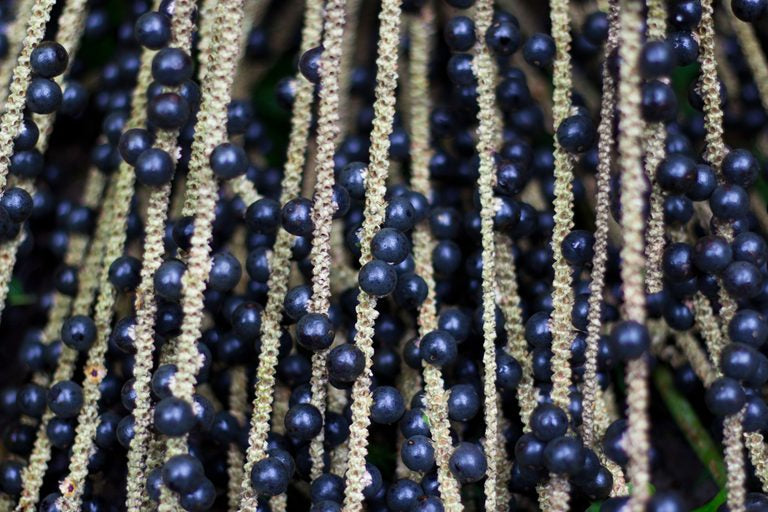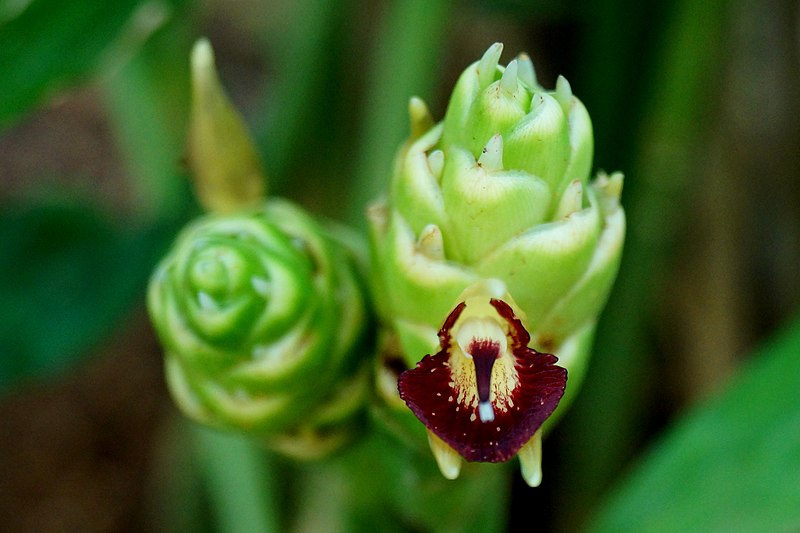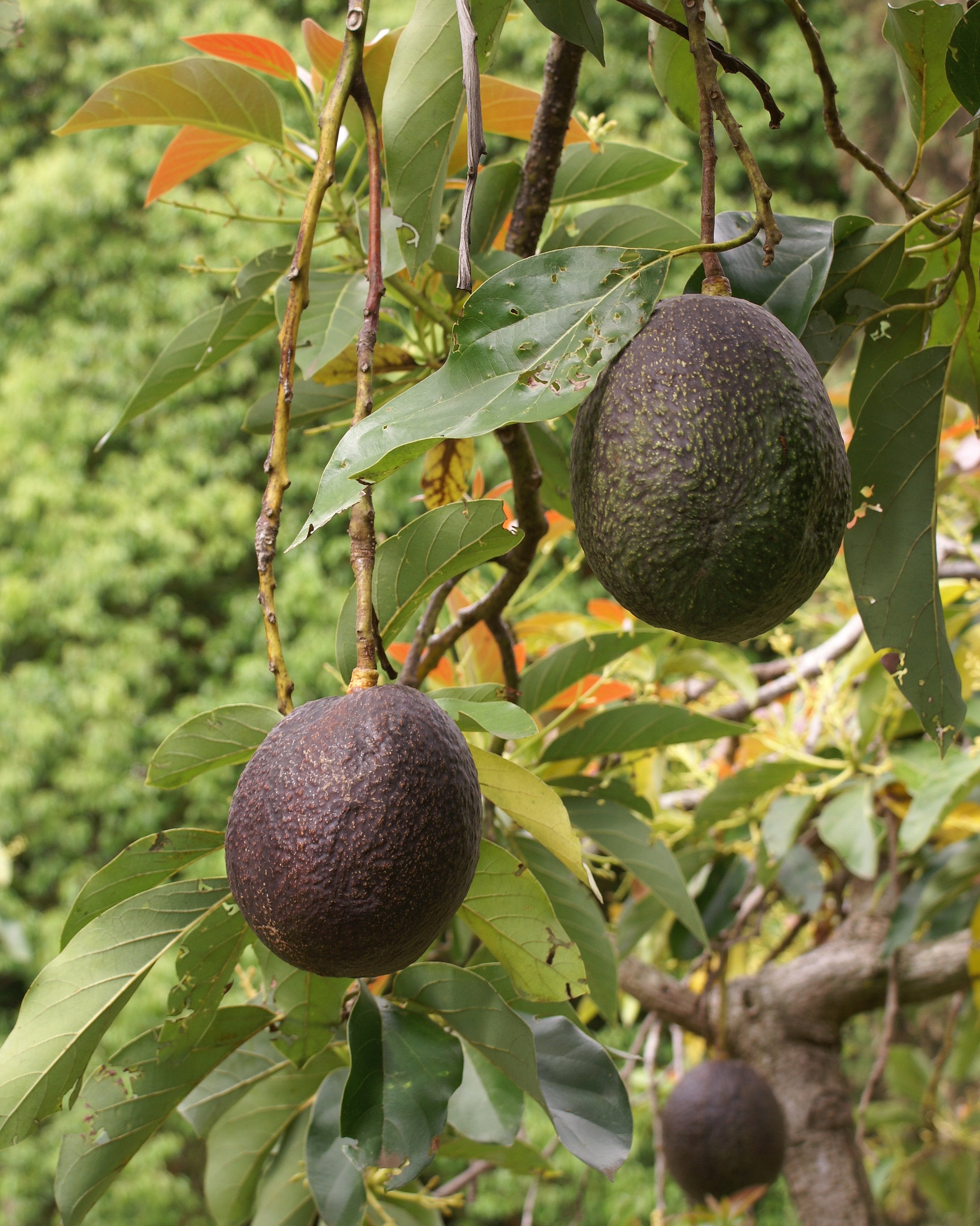
Tropical Wild Edibles - Acai Berries
Botanical name: Euterpe oleracea,

Common names: Acai, Acai Tree, Acai Berry, Acai Palm
Family: Arecaceae
Physical Appearance: A large palm, growing up to approximately 25 metres in height. The trees are tall and slender with pinnate leaves up to 3m in length. The Acai fruits are small, round and roughly grape shaped. The berries are a deep purple colour. 60% - 80% of the berry’s mass is made up of the seed which is contained within the fruiting body.
Natural habitat: They are native to South America. Particularly suited to swamps and floodplains or humid environments. Since becoming a “fashionable” fruit in the 1990s, the demand has gone up hugely and therefore production has expanded to the majority of South America to include: Brazil, Ecuador, Venezuela, French Guiana and others.

Point of interest: The Acai fruit and the heart of the Acai palm can be eaten. The fruit is said to be very high in anti-oxidants including Vitamin C. However, many subsequent studies have shown that levels are not as high as initially thought. In fact rdomestic varieties of fruit such as Concord Grapes have been shown to contain more anti-oxidants. However, overall, there are indeed many health benefits to eating Acai berries (or drinking the juice).

Dangers: If you are planning on chugging back fresh Acai berry juice in the Amazon then please take note; the berries can often be covered in a parasite named Trypanosoma cruzi. This parasite is found in the faeces of the triatomine bug (also known as the “kissing bug”). Chaga’s disease can infect any individual. The disease can lead to serious digestive and general issues and can even possibly be fatal if left untreated for a long time.
Uses for the berry: The berries have many health benefits but are also high in natural sugars. They are often used in sweets, desserts, drinks, and spirits. The palm is eaten as is and is a great from of carbohydrate.
Photos courtesy of
By P. S. Sena - Own work, CC BY-SA 4.0, https://commons.wikimedia.org/w/index.php?curid=37381224
CostaPPPR, CC BY-SA 3.0 <https://creativecommons.org/licenses/by-sa/3.0>, via Wikimedia Commons


